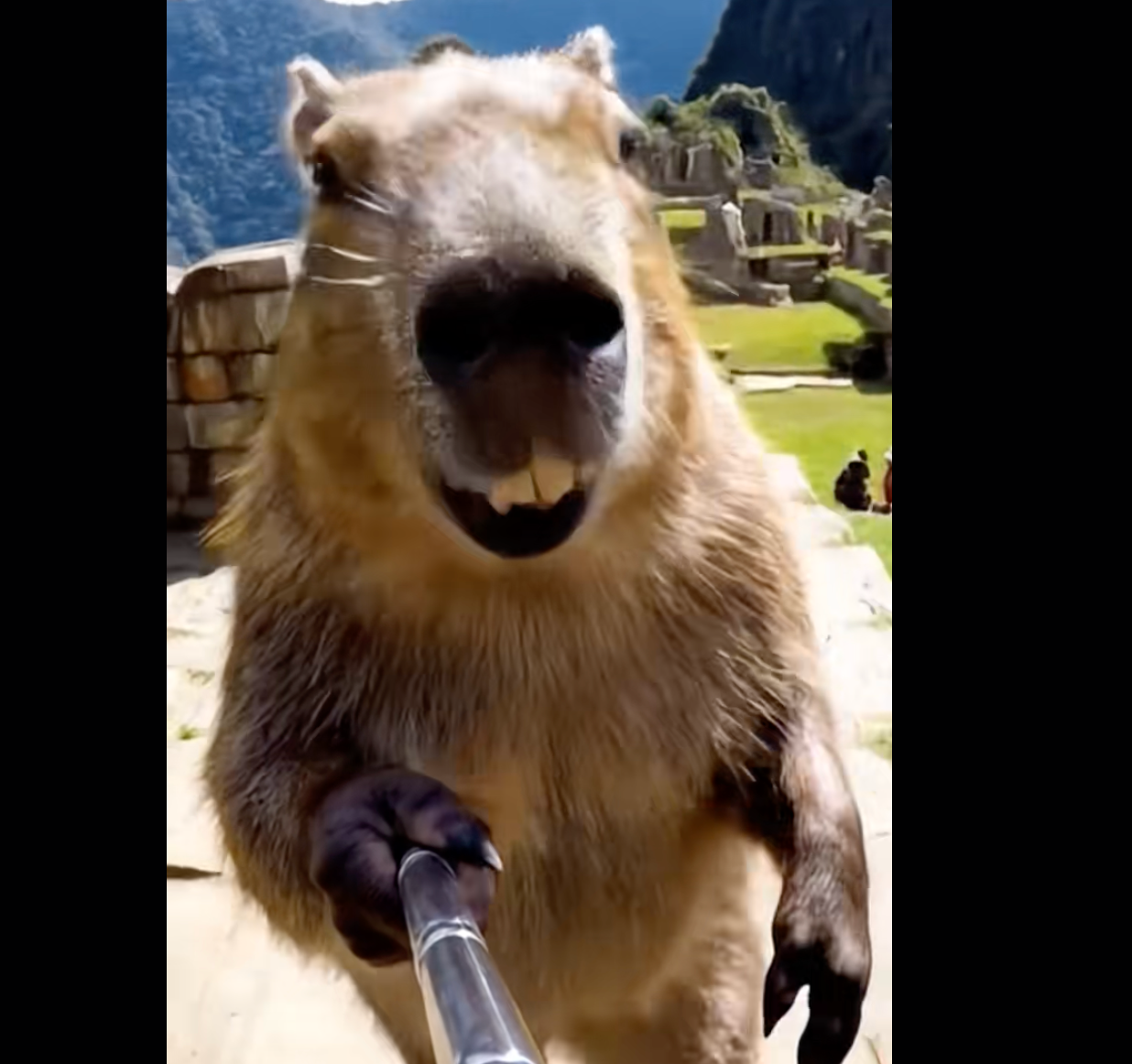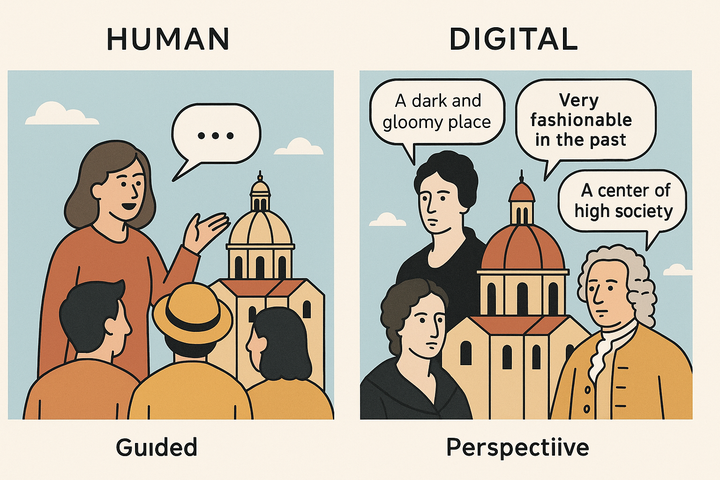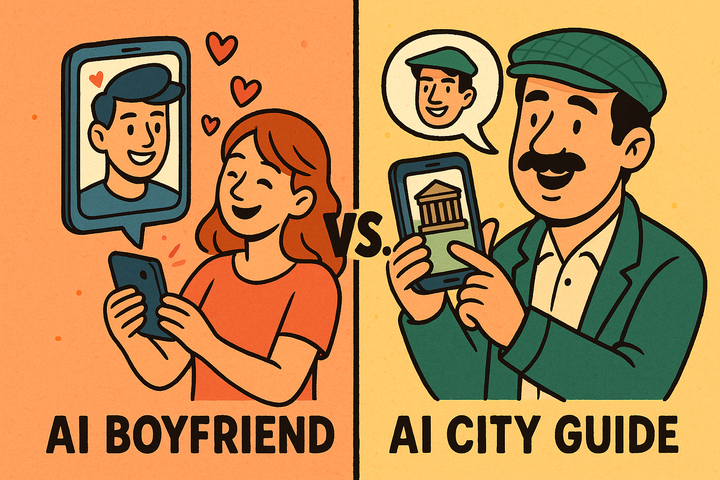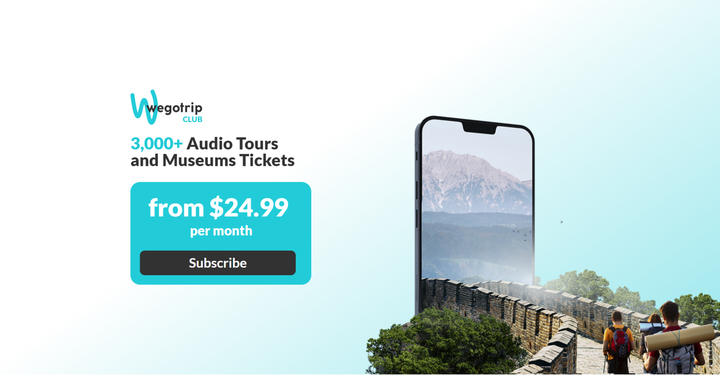Travel video just changed and so did who gets to star in it
In the span of two weeks, video has undergone its most radical shift in decades. (Google's Veo 3 & Odyssey)

First came Google’s Veo 3, showcasing photorealistic, cinematic-quality video generated entirely by AI. Then came Odyssey’s research preview: a real-time, interactive video experience you can watch and control, frame by frame.
These weren’t just technical demos — they were turning points. And they raise a provocative question for creators, influencers, and storytellers alike:
If AI can generate video in real time, does it matter if the influencer isn’t real? Or if the destination never existed?
The cost of content is collapsing
How it’s priced tells the real story. Today, the economics of AI video are diverging sharply based on how the video is created.
- Google’s Veo 3 delivers stunning, cinematic AI video — but it’s a few US dollars for just 8 seconds of generated content. That’s effectively frame-perfect film production on demand, and it's priced accordingly.
- Odyssey’s interactive video, on the other hand, runs in real-time for 1–2 US dollars per user-hour — because it's generating each frame dynamically, based on what the viewer does.
The difference isn’t just technical — it’s philosophical:
Veo: high-fidelity, fixed-output video for passive viewing. Like commissioning a short film.
Odyssey: interactive, generative video that adapts as you play. Like entering a living world.
As infrastructure improves and model efficiency grows, both costs will drop. But the implications are clear:
- In one future, video is a premium product.
- In the other, video is an infinite service.
From passive video to interactive worlds
Odyssey makes a key distinction: video models vs. world models.
- Video models (like Veo) generate an entire clip in one go — beautifully rendered, but fixed. The story is pre-written, the visuals locked in.
- World models, by contrast, respond to every user input in real time. Press a key, and the next frame is different. It’s not just a video — it’s a simulated reality.
This shift unlocks something entirely new: interactive video — video that behaves like a game, feels like a film, and adapts like a conversation.
You can try it yourself here: experience.odyssey.world (early research version, higher quality coming)
So who’s the star in this new medium?
When video becomes a living, breathing experience, the rules of casting change. Why use a human when your AI influencer can walk, talk, and react on the fly?
In this new era:
- Influencers no longer need to be human — they need to be compelling.
- Animal characters, AI avatars, and fictional guides can lead dynamic, personalised journeys.
- Content creators become directors of worlds, not just recorders of real life.
We’re already seeing hints of this on platforms like TikTok. Just look at @capypapiofficial — a virtual capybara with a growing fanbase, meme-savvy style, and viral charm. These characters aren’t just mascots — they’re media.
@capypapiofficial YA BOY CAPY PAPI IS GLOBAL! Today we are in Peru! 🇵🇪 #capybara #capypapi
♬ original sound - Capy Papi
With interactive video, characters like this could soon be exploring fantasy cities, giving live commentary, or reacting to viewer inputs — in real time.
Does it matter if the place isn’t real?
Not when the experience is.
Odyssey’s world model lets viewers explore dreamlike cities, surreal beaches, or neon jungles — all generated in real time. This isn’t just filler content. It’s a new genre: AI-travel, where exploration is limited only by imagination.
What’s changing:
- The value of a destination shifts from physical reality to emotional resonance.
- "Fake" places can be more personal, surprising, or meaningful than real ones.
- Audiences are fine with fiction — as long as the framing is honest and the story is strong.
A complete redefinition of video
Video used to mean something fixed: a linear clip, shot, edited, and published. Now, we’re seeing three diverging branches:
- Traditional video – static and pre-recorded (YouTube, TikTok)
- AI-generated video – beautiful but predetermined (Veo)
- Interactive video – responsive, real-time, user-driven (Odyssey)
Each has its place. But only interactive video feels truly alive. It’s where an audience can influence the story mid-stream, where content changes with every choice, and where the boundaries of gaming, cinema, and social media dissolve.
What does this mean for creators?
This new medium isn’t just about better visuals — it’s about new formats and new roles:
- Creators become architects of experience
- Influencers might be animals, robots, or mythological beings
- Travel content shifts from showcasing the world to inventing it
- And most importantly, audiences stop watching and start participating
The takeaway
In just two weeks, the definition of “video” has split wide open.
- Veo shows us how stunning AI film can be.
- Odyssey shows us that it doesn’t even have to be film anymore.
Watch this space (or interact with it!)
Want to read more like this?
Low volume. Short length. Focused content.
We know you're busy — only the good stuff, no noise.



